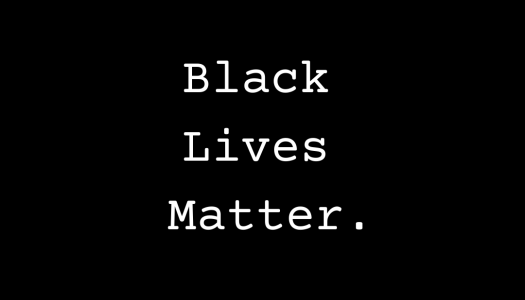Creating an Anti-Racist Learning Environment: Honoring Students During Challenging Times
Join Our Community
Access this resource now. Get up to three resources every month for free.
Choose from thousands of articles, lessons, guides, videos, and printables.
Shandreka Rankin
In June we published a Tip of the Week article challenging us to establish antiracist learning environments in our classrooms. The sheer magnitude of institutional racism in our society is going to require action by everyone to achieve the changes needed. One of the ways we will contribute to this change is through a series of articles titled “Creating an Anti-Racist Learning Environment.”
The classroom environment has always been a priority at The Daily CAFE. We devote chapters of books to this topic, create website content, and offer an online seminar to improve learning environments so every child thrives and grows as a reader and writer, and we are always learning more.
Shandreka B. Rankin, a member of our community, shares an ongoing process she uses in her class to create a safe learning space for all students.
Creating an Anti-Racist Learning Environment: Honoring Students During Challenging Times
In 1961, James Baldwin said, “To be a Negro in this country and to be relatively conscious is to be in a state of rage almost, almost all of the time.”
Can we pause and reflect on that for just a moment?
Take a look at the headlines that have been used throughout our nation this year alone. Names of people who look like me and my children are listed as victims. Is it any wonder that we exist in a state of rage and worry?
We are living in a time when the media deems it necessary to play videos of Black people being murdered on repeat. They say the videos are necessary because that’s what’s needed to get a reaction in this nation to promote change. Our students live in that reality—so much so that I can recall a third grader dropping to the ground when police officers passed our playground area and lying on his stomach with his hands behind his back. He explained that this was what he needed to do to keep himself safe.
And yet, when it comes to issues related to the mistreatment of BIPOC, many educators say, “I don’t discuss politics in my classroom.” As if our lives are political issues.
Our students hear the silence around certain topics in our classrooms. They know the spaces where they can enter and feel seen and honored and just be. They deserve an environment that will lift them up and nurture their spirits. These should be #GOALS when it comes to classroom environments.
So, what do we need to do?
As educators, we strive to create an environment where students can dialogue about their thoughts and feelings. A space where students can share their concerns about the injustices of this country and their perspective on how things could be, with the space to strategize with their peers on how to safely be that change. We strive toward creating change agents, reminding students that it has always been the youth of our nation who have demanded that things change. This also means adding Black history to our curriculum, so that students know and understand that young people were involved in the civil rights movement, not just Dr. King and Rosa Parks.
As a classroom teacher, I had my students watch CNN10 (previously called CNN Student News) daily to stay up to date on what was happening around the world. This kept relevant topics in rotation and set the stage for students to have professional discussions about challenging subjects that sometimes prompted differences in opinion, which we called debatable topics.
As a classroom community we were willing to get uncomfortable and sometimes emotional throughout our discussions, but that is what made our classroom so unique. We used protocols to honor one another, and every voice was valued in that space. Every student was allowed to express themselves without judgment as they worked through their thoughts and feelings. Students should be able to have challenging conversations with their peers while maintaining respect and dignity throughout the dialogue, but this has to be taught.
Here are some expectations you might set for discussing debatable topics:
- Listen respectfully.
- Everyone has a voice.
- Ask questions and seek evidence.
- Use and build on others’ ideas.
- Paraphrase and seek clarification.
- Respectfully disagree.
- Think carefully before speaking.
So, I challenge educators to get uncomfortable in their learning community. Create a safe space for students to share their feelings about the realities of this world. Teach students to honor their voices in a world that often tries to silence them.







